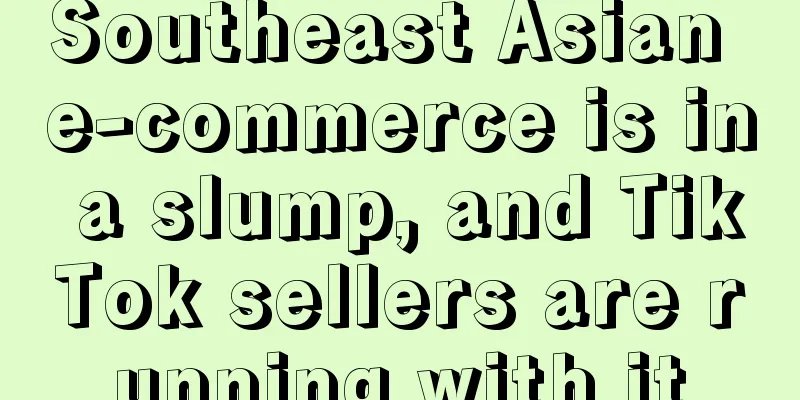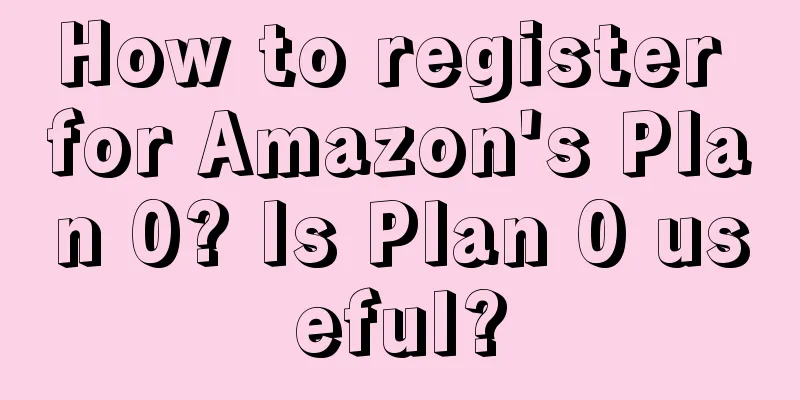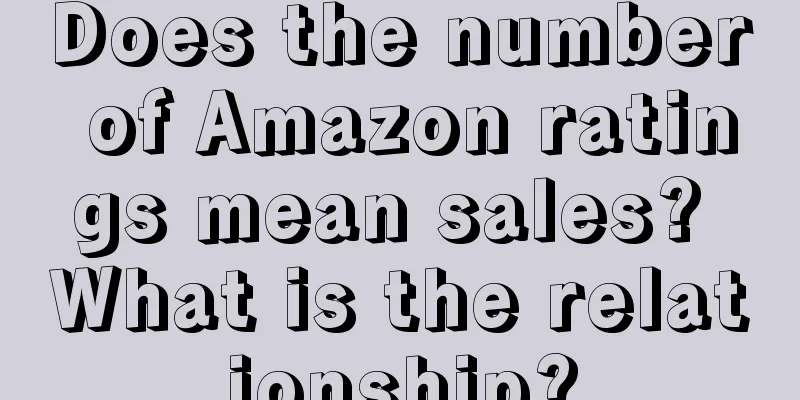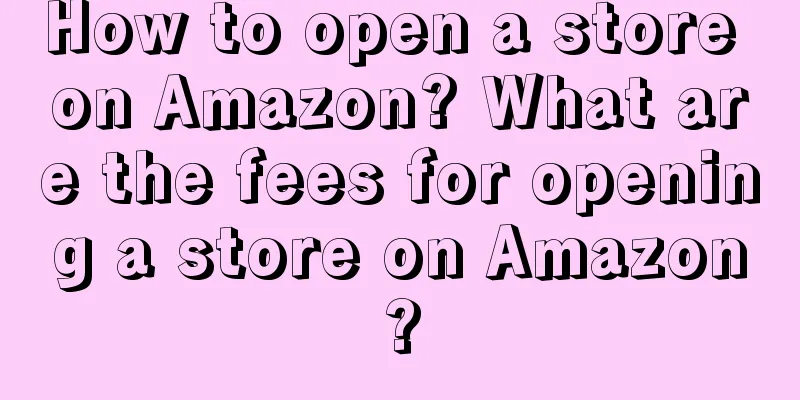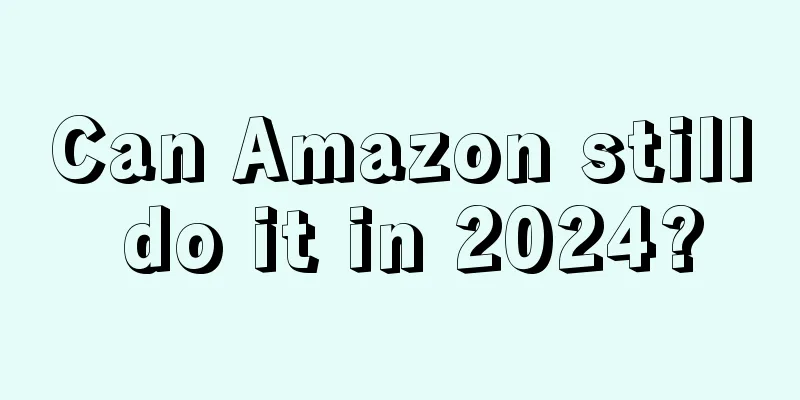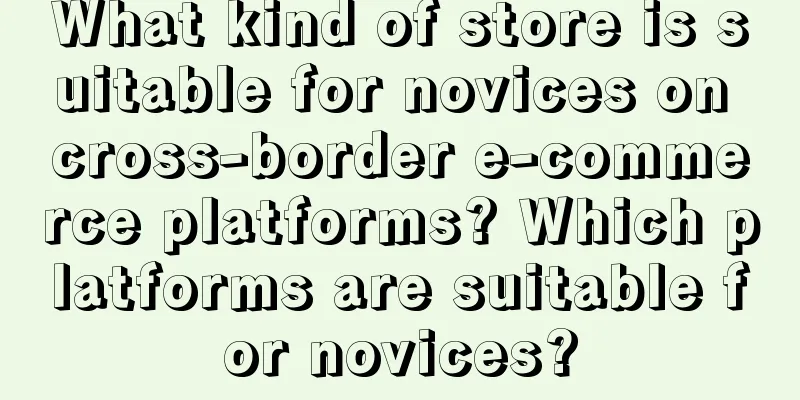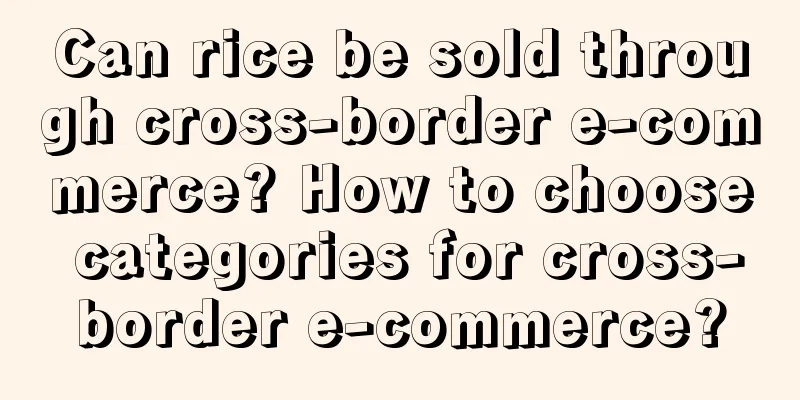User operation practice: fresh supermarket user operation case sharing
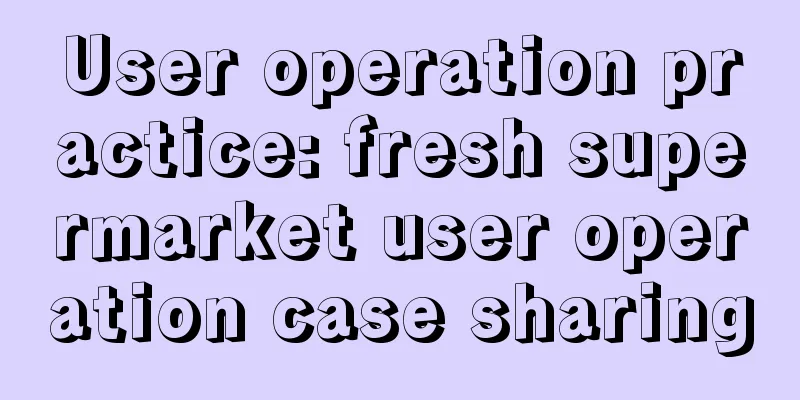
Operational background : In the past period, a new store of a fresh food supermarket had 1 million introductory users, only 15% of users entered the growth stage, and the old customer retention rate was also lower than the normal new store benchmark. How to help this store improve the user life cycle? To solve this problem, we will split the user strategy into several steps : 1. Gain insights into the typical user paths and characteristics from the introduction stage to the growth stage, and find the focus for optimization 2. Build a subsidy incentive system and a reach system 3. Build an anti-loss management system 1. Develop a one-to-many strategy based on the optimal pathThe first thing is to understand the typical paths and characteristics of users who have entered the growth stage. Here is the definition of the growth stage. We define the user growth stage as the time it takes for the user to place a certain number of orders before entering a stable repurchase cycle. Through insights, we found that the churn rate of users who placed three orders within 35 days was significantly reduced. This is a North Star indicator for our definition of the growth stage. What is the purpose of user path insights? The first purpose is to analyze whether Path 1 or Path 2 is better for users from the introduction stage to the growth stage. The second is to layout the operational strategy based on the optimal path. For example, in this fresh food supermarket app, there are several strong paths for users to complete 1-3 conversions.
During the introduction period, 60% of users who completed three orders through the coupon path achieved a 60% increase, indicating that the best path for a new user to continue to stay in the APP is the subsidy strategy of the new user gift package. We have made a series of adjustments to the coupon package strategy. For example, we have launched a new user task progress reminder product. Every time a user places an order, the discount for the next order and the surprise gift package after completing 3 orders will be displayed at the top of any page. This is a very simple incentive system. This product has a significant effect on improving the funnel of new customers from 1 to N. The proportion of users who convert 2 or more orders has increased from 40% to 67%. Built around the "first order + instant incentive after each order" model, it locks in new user awareness in advance and guides users to complete 0-3 order conversions. 2. Subsidies and IncentivesSubsidy strategy formulation: First, establish a strategy to match product promotions with users. Second, establish an evaluation system for user subsidies. First, product promotion user matching is the most critical in the reach system. For example, today is a strawberry event, and tomorrow is an apple event. Every time the operator launches such an event, the biggest headache is which users to push and send text messages to. Either the coverage is indiscriminate and the users are disturbed every time, or a simple stratification is done based on the user click data, which is not accurate. The key to solving this problem is to use a preference time series model. Preference prediction is an important task in recommendation scenarios. The principle is to use the model to predict the user's next shopping behavior given the sequence of items previously purchased by the user and the time decay of item interaction lines. The preferred time series model operation can be obtained through SPSS analysis: If this is the user order table data, we use the data to build an analysis model: The goal is to build a mining model through this order base table data, mine the user's purchase sequence habits, and predict what the user will buy at the next purchase node ? We use SPSS to build a time series analysis flow, and the data model helps us make predictions. The output of this data stream is: User timing analysis results translation : If the user has purchased apples and eggs, the confidence that the next time he buys apples is 100% (due to overfitting of the experimental data, the probability is 100%. For real order data, the higher the confidence, the higher the probability that the user will buy apples in the next order after buying apples and eggs) Second, how to establish a user reach and activity subsidy evaluation system? There are two evaluation indicators, GMV increase rate and ROI. For example, we conduct AB testing for growth-stage user operations. We screen out growth-stage users and divide them into an experimental group and randomly select some users as a control group. For example, the experimental group is 1 million people and the control group is 100,000 people. The experimental group is given a 20-5 subsidy coupon and intervenes in conversion through targeted SMS notifications, while the control group does not interfere with natural conversion. The conversion rate of the intervention group is 10%, and the control group is 6%. It is not necessarily convincing to say that the intervention strategy is effective, because issuing coupons will inevitably lead to an increase in conversions, so we have to see whether the GMV increase rate and ROI gain meet expectations. Simply put, it is the comparison of the gain rate of these 1 million people before and after the intervention. GMV increase rate = GMV increase part / GMV baseline. For example, in our case, if the GMV baseline is not interfered with, the natural conversion order is 60,000 people. Based on the customer order of 20 yuan, the GMV is 1.2 million. After the intervention, based on the customer order of 15 yuan, the GMV is 1.5 million, the gain GMV is 300,000, and the GMV increase rate is 25%. Then we calculated the cost of the coupons, which was 500,000 yuan. The SMS cost was calculated at 0.1 yuan, 100,000 yuan, and the total cost was 600,000 yuan. We found that ROI = 0.5. We found that 20 minus 5 did not meet expectations, right? Then we used the same idea to test the 45 minus 10 coupons and increase the user's order volume until the ROI was far higher than 1, which proved that the subsidies for this part of users were effective. Finally, we can form a matrix of ROI and GMV improvement rates, put all subsidies, discounts and coupons into the matrix, and see where the bubbles with the highest ROI and GMV improvement rates are distributed. This is a play and strategy based on historical precipitation. 3. User Loss Warning Management ProjectIf the monthly rolling churn rate is around 10%, before the early warning project is launched, users who meet the churn definition will be screened out every week. If there are 10 million MAUs, the weekly recall coverage will be approximately 1 million people. The SMS click-through rate is around 0.4%, and the order conversion rate is 5%. A maximum of 200 people can be recalled each time. You can imagine how low the recall efficiency is. The early warning model can reduce the average monthly rolling churn rate to about 6%, and increase the early intervention conversion rate to 10%. Let me explain how it is done.
Model building involves three parts: churn time window definition, churn feature definition, and algorithm modeling. The method to define the churn time is based on the inflection point of the churn regression rate. I will not go into details. The definition of churn features is the core of model design. When constructing features, we will mine modeling indicators from specific churn scenarios. For example, the reason for some users to churn is poor delivery service experience and the complaints are not well resolved. In this scenario, several indicators can be derived to predict user churn, such as the number of deliveries, the number of complaints, and the complaint resolution ratio. The correlation between them can be analyzed. Similarly, scenarios with few discounts, few product types, etc. can be described by indicators. The algorithm part is a binary classification prediction modeling problem. Algorithms that can be used include logistic regression, decision tree, etc. Algorithm evaluation indicators include AUC value, precision rate, recall rate, etc. Sample features are screened based on these data during the modeling process. In terms of recall strategy, since the users warned have not actually churned, there is ample time to gain insight into the user's historical preferences and develop targeted recall strategies. However, there are two problems when implementing this strategy: The first is to feed all user data into the model and get the prediction results. However, this often leads to a problem, that is, the predicted churned users tend to be low-activity users, while the predicted churn recall of high-activity users is basically 0. So in order to avoid this problem, models can be built separately for users with different activity levels. The second is that it is difficult to achieve high levels of both model accuracy and recall rate at the same time. At this time, parameters can be optimized according to the warning target. The high-cost recall strategy (issuance of consumer vouchers) pays more attention to the accuracy of churn warning; the high-coverage recall strategy (in-terminal Push) pays more attention to the recall rate of churn warning. The above is my practical sharing. User operation is inseparable from the building of insights and models. Insights include user behavior paths, user time-series habit analysis and prediction, not to mention models. To build time-series prediction models and user churn warning models, in addition to modeling by algorithm engineers, operations can use SPSS analysis software to build user models. You only need to understand how to use SPSS. In this way, you can quickly hypothesize, execute and verify based on the conclusions, and the efficiency is much higher than the so-called big data mining by algorithm engineers. Even if big data mining is more sophisticated, it is still a long process. The so-called efficiency determines everything! Author: Zhao Wenbiao, public account: User Operation Observation (ID: yunyingguancha), a senior practitioner in the field of user operation and private domain traffic marketing, focuses on sharing practical articles and unique insights on scenario-based user operation and community marketing. |
<<: Case Analysis | Analysis of Weipaitong’s User Operation System
>>: WeChat Open Class in 2025, all opportunities for small shops are here!
Recommend
99% of physical store owners don’t know this fission customer acquisition method, which can boost customer flow
This article describes a method that a physical st...
Why has the business of Dali’s travel photo studio gone so bad?
The Dali travel photography market is in a state o...
Someone used AI to create a Twitch channel, which gained 30,000 followers every day
ChatGPT, which became popular at the end of 2022, ...
100 Keyword Predictions for 2023 | Beauty (51-60): Adaptogens, Anti-hair loss and Skin circulation
WPP's brand Wunderman Intelligence released it...
Is it reliable to transfer a Shopee store? Is it safe?
If the online store is not doing well, some mercha...
Xiaohongshu in a commercial dilemma: betting on the founder, becoming popular in less than 10 days
Xiaohongshu is facing an unprecedented business di...
Find the hot article! Disassemble the hot article! Become the hot article!
For users who have been using Xiaohongshu for a lo...
Costco membership stores don't want to fall behind
The "Matthew effect" of membership store...
How to determine whether Amazon is self-operated? What are the methods?
When shopping on Amazon at home, people will basic...
What are the conditions for joining the Russian e-commerce platform Ozon? What are the suggestions for joining Ozon?
Compared with cross-border e-commerce platforms su...
2023 Shopee Seller Deposit Payment Reminder
Starting from April 13, 2023, the platform will re...
How to test products in cross-border e-commerce? Ideas for testing products in cross-border e-commerce
Whether you are doing cross-border e-commerce or d...
Charlie Munger: The 30 most important thinking models, thought-provoking, recommended for collection!
The author of this article has selected 30 of Char...
This is how annual targets should be set, not by guesswork.
This article starts from the company's annual ...
After copying Dong Yuhui, Western Selection has "come back to life"
In this era where traffic is king, imitation may a...
